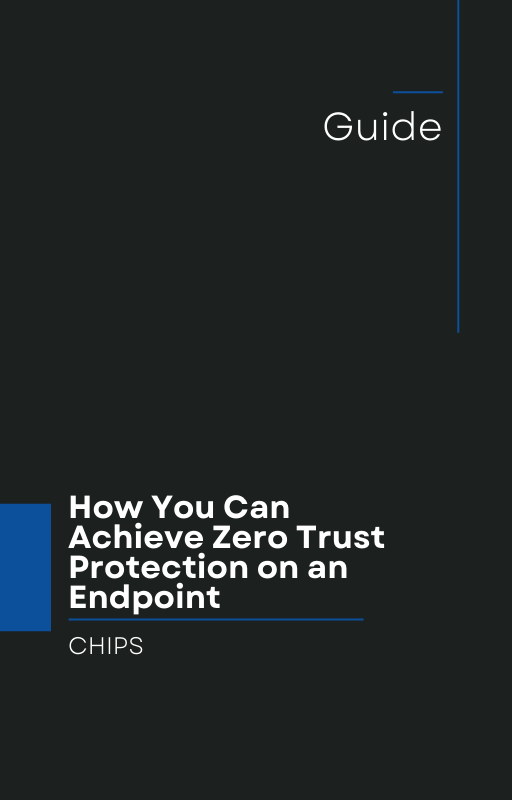Critical Windows LDAP Flaw: A Wake-Up Call for Businesses
A newly disclosed vulnerability in Microsoft’s Lightweight Directory Access Protocol (LDAP) has sent shockwaves through the cybersecurity community.
The flaw, identified as CVE-2024-1691, allows attackers to exploit remote code execution (RCE) or crash servers through a specially crafted request. Given LDAP’s role in managing directory services, the impact of this vulnerability could ripple across enterprises, leaving servers exposed to devastating disruptions.
This vulnerability is particularly concerning for organizations relying on Windows-based systems to manage authentication, user data, and access control. Cybercriminals could exploit this flaw to disable critical services, launch ransomware attacks, or exfiltrate sensitive information. While Microsoft has issued a patch, history shows that many organizations lag in updating their systems, creating a significant window of opportunity for attackers.
The Limitations of "Detect and Respond"
Most cybersecurity strategies today rely on a "Detect and Respond" approach, using tools like antivirus software or endpoint detection and response (EDR) solutions to identify threats after they occur. However, this approach is inherently reactive, often requiring the breach to begin before action can be taken. In the case of vulnerabilities like CVE-2024-1691, where exploits can be swift and devastating, relying solely on detection leaves organizations vulnerable.
For businesses, especially small and medium-sized enterprises (SMEs) with limited IT resources, this model can mean the difference between a minor incident and a catastrophic breach.
The Case for Isolation and Containment
This is where AppGuard’s "Isolation and Containment" approach shines. Unlike traditional solutions, AppGuard proactively blocks unauthorized processes from executing, even if a vulnerability is exploited. By containing potential threats at their inception, AppGuard prevents them from spreading or causing harm.
Here’s how AppGuard could mitigate risks from the Windows LDAP flaw:
- Prevents Exploitation: AppGuard’s patented technology ensures that unauthorized processes, even if initiated by malicious actors, cannot execute.
- Minimizes Disruption: By containing threats, AppGuard eliminates the need for widespread shutdowns or emergency patches.
- Reduces Ransomware Risks: Attackers leveraging RCE for ransomware would find their payloads neutralized before they can encrypt files or exfiltrate data.
AppGuard’s proven 10-year track record demonstrates its ability to protect endpoints across industries, including high-risk sectors like healthcare, manufacturing, and finance.
Don't Wait for the Next Exploit
The Windows LDAP vulnerability is a reminder of the rapidly evolving threat landscape. Businesses must prioritize proactive cybersecurity strategies to stay ahead of attackers.
At CHIPS, we help organizations move beyond "Detect and Respond" to embrace "Isolation and Containment" with AppGuard. Protect your business, your data, and your reputation from the next inevitable exploit.
Take action today. Contact CHIPS to learn how AppGuard can safeguard your systems and ensure that vulnerabilities like CVE-2024-1691 are no longer a threat to your business.
Like this article? Please share it with others!

January 27, 2025

Comments